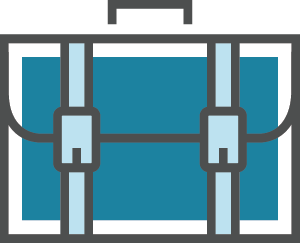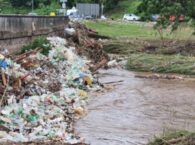Undergraduate students identify historical sites of relevance within Apache Junction
Utilizing digital tools, ASU students conducted literary research and polled residents to provide insight to the Positively Apache Junction campaign.
Metrics
Community
Apache Junction, Arizona, USACommunity Size
41,739 (2018 Census Estimation)University
Arizona State UniversityProgram
Project CitiesYears
2017/2018Status
CompletedCase Type
Project StoriesSchool Size
Greater than 40,000Focus Areas
Economic and Social InclusionDiscipline
History, Placemaking, TourismRegion
EPA Region 9, USACommunity Partner Department
Community Relations, Economic DevelopmentPolicy
Place MakingUniversity Department Code
HistoryCommunity Population Sizes
41739 (2018 Census Estimation)Population Type
ResidentsThe City of Apache Junction is a destination for winter tourism. With a wealth of historic landmarks, natural scenery, cultural sites, and impeccable winter weather, the city effectively doubles its population during the winter months, all thanks to seasonal visitors. While the benefits from this winter tourism are plentiful, city officials wanted to utilize Apache Junction’s year-round potential to increase the city’s full-time residents and visitors.
To maximize the city’s tourism potential, city officials created the “Positively Apache Junction” marketing campaign—an effort to evaluate its strengths and weaknesses to sustainably increase tourism, benefiting their year-round residents.
In an effort to improve the “Positively Apache Junction” campaign, the city invited a course from EPIC-Network member Arizona State University’s Project Cities to identify narratives and places of historical value that could be used as a marketing resource. By collecting these resources, participating students could develop communal histories which could empower Apache Junction’s marketing campaign.
Undergraduate students enrolled in the History in the Wild: An Introduction to Digital History course engaged in two objectives, which included: helping to identify, create, and digitize local histories for Apache Junction and locating places of communal value through an online mapping survey.
The digitization process focused on numerous areas of value, from the former location of the Superstition Ho Hotel to the Apache Trail—lands once occupied by Native tribes to women’s history within the city. The online survey encouraged residents to map places they value in and near Apache Junction through a Geographic Information Systems technique (GIS) known as community-values mapping. Together, both approaches allowed students to detect and measure attachment to local assets and places, which could inform the expansion of the “Positively Apache Junction” campaign.
Students discovered that residents, libraries, museums, and both former and current tourist sites offered great insight into the varied histories of Apache Junction. From their research, various strategies were generated to continue developing a strong sense of place and local history within the city, which include:
- Developing cultural and tourism assets related to places identified by the community-values mapping survey.
- Creating plaques to commemorate historical sites within Apache Junction, to inform both residents and tourists.
- Producing and maintaining a digitized scrapbook of the City’s historical assets and current projects to restore and memorialize them.
The ASU course, and its students, helped Apache Junction calibrate their approach toward the Positively Apache Junction campaign. Their work identified meaningful sites as designated by residents and local histories. By identifying these sites, students hope to “change perceptions of Apache Junction” and “promote a positive view of the city for residents and visitors alike” (2018 Combined Reports).
Arizona State University Project Cities Contact
Joshua MacFadyen
Associate Professor and Senior Sustainability Fellow
Julie Ann Wrigley Global Institute of Sustainability
jdmacfadyen@upei.ca
902-620-5142
Twitter @joshmacfadyen
Stephani Etheridge-Woodson
Director of the Design and the Arts Corps & Professor
Herberger Institute for Design and the Arts
swoodson@asu.edu
City of Apache Junction Contact
Larry Kirch
Director
Development Services
City of Apache Junction
lkirch@ajcity.net
480-474-5082
Matt McNulty
Community Relations
Development Services
mmcnulty@ajcity.net
Read the full story of the partnership.
Read the final student report delivered to the local gov/community partner.
This part of the project was completed as part of a collaborative effort between four classes over two semesters. To see the other projects visit the pages linked below:
- Building community by sharing Apache Junction ghost stories and other legends
- Graduate-level course identifies modifications to update Apache Junction’s tourism website.









